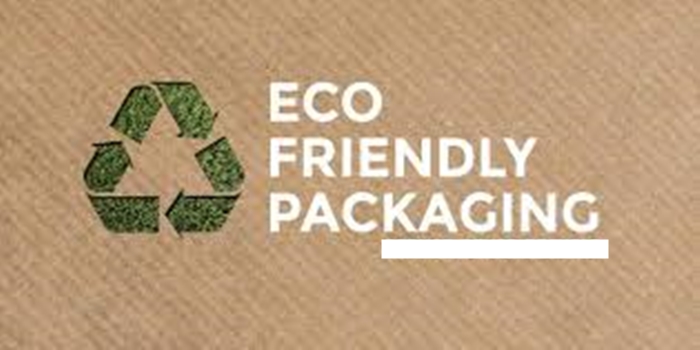In this article, we discussed the meaning of eco-friendly packaging, the examples, the benefits, the advantages and disadvantages
Definition
Eco-friendly packaging is packaging that’s made from sustainable materials and is designed to reduce environmental impact. It’s also known as sustainable or green packaging.
Examples of eco-friendly packaging include:
Compostable packaging
Mailers: Compostable mailers can replace traditional poly mailers.
Packaging peanuts: Natural packing peanuts made from vegetable starches can dissolve in the environment.
Recycled packaging
Paper boxes
Recyclable paper boxes are lightweight, durable, and easy to reuse or recycle.
Plastics
Recycled plastics give a second life to plastics that are already in the world.
Environmental packaging
Fiber: A decomposable material derived from plant fibers that can be used in films and wrappers.
Organic fabrics: Environmental fabrics like cotton and jute can be reused.
Cardboard: A recyclable material that can be recycled.
Bamboo: A green material that can be used in packaging.
Mushroom packaging, which is a protective moderating made from the mushroom’s root system.
Organic ecological textiles, which are made from multi-use, durable materials like organic hemp, organic cotton, tapioca, or palm leaves.
Sustainable packaging can help reduce waste and prevent pollution.
Eco-friendly packaging has many benefits, including:
Reduces waste
Eco-friendly packaging is often made from recycled materials, which reduces the need to consume raw resources.
It can help to eliminate the need for single-use plastics, which can be harmful to the environment.
Lowers carbon discharges
it uses less energy and water during production, which reduces greenhouse gas productions.
It also releases fewer carbon productions during production.
Helps create a more sustainable future
The packaging can help to reduce landfill sites, which can improve local communities and environments.
It can also help to preserve biodiversity.
it can help to create healthier living spaces.
It can help to improve indoor comfort.
It can help to save money.
However, it’s important to note that eco-friendly packaging can sometimes create more waste than intended if it’s contaminated or not recycled properly.
Eco-friendly packaging has many advantages and disadvantages including:
Advantages
Reduces carbon footprint: Packaging made from recycled materials or natural materials like bamboo can reduce carbon footprint.
Improves brand image: The packaging can appeal to a wider audience and increase customer loyalty.
Encourages consumers to go green: Eco-friendly packaging shows that a brand supports sustainability.
No harmful toxins: Recyclable packaging is free of allergens and pollutants.
Cheaper transportation costs: Less packaging material means less effort and lower shipping costs.
Disadvantages
Contamination: If the packaging is contaminated, it may not be recyclable.
Economic possibility: Plant-based materials may have higher initial production costs than traditional plastics.
Landfill waste: Even though eco-friendly packaging can be ecological; it can end up in landfills. This can increase a business’s carbon footprint.
Properly disposing of the packaging can help mitigate these disadvantages.
Conclusion
Eco-friendly packaging, also called sustainable packaging, refers to packaging made from materials that minimize environmental impact by using recycled or renewable resources, allowing for easier recycling, and generally reducing energy consumption during production, training to lessen waste and resource weakening throughout the product lifecycle.
READ: Eco Friendly Home Improvement to Save Energy

